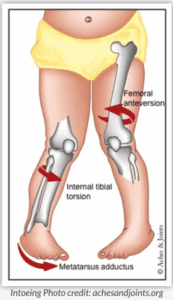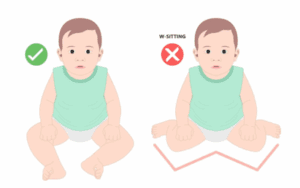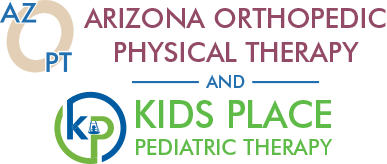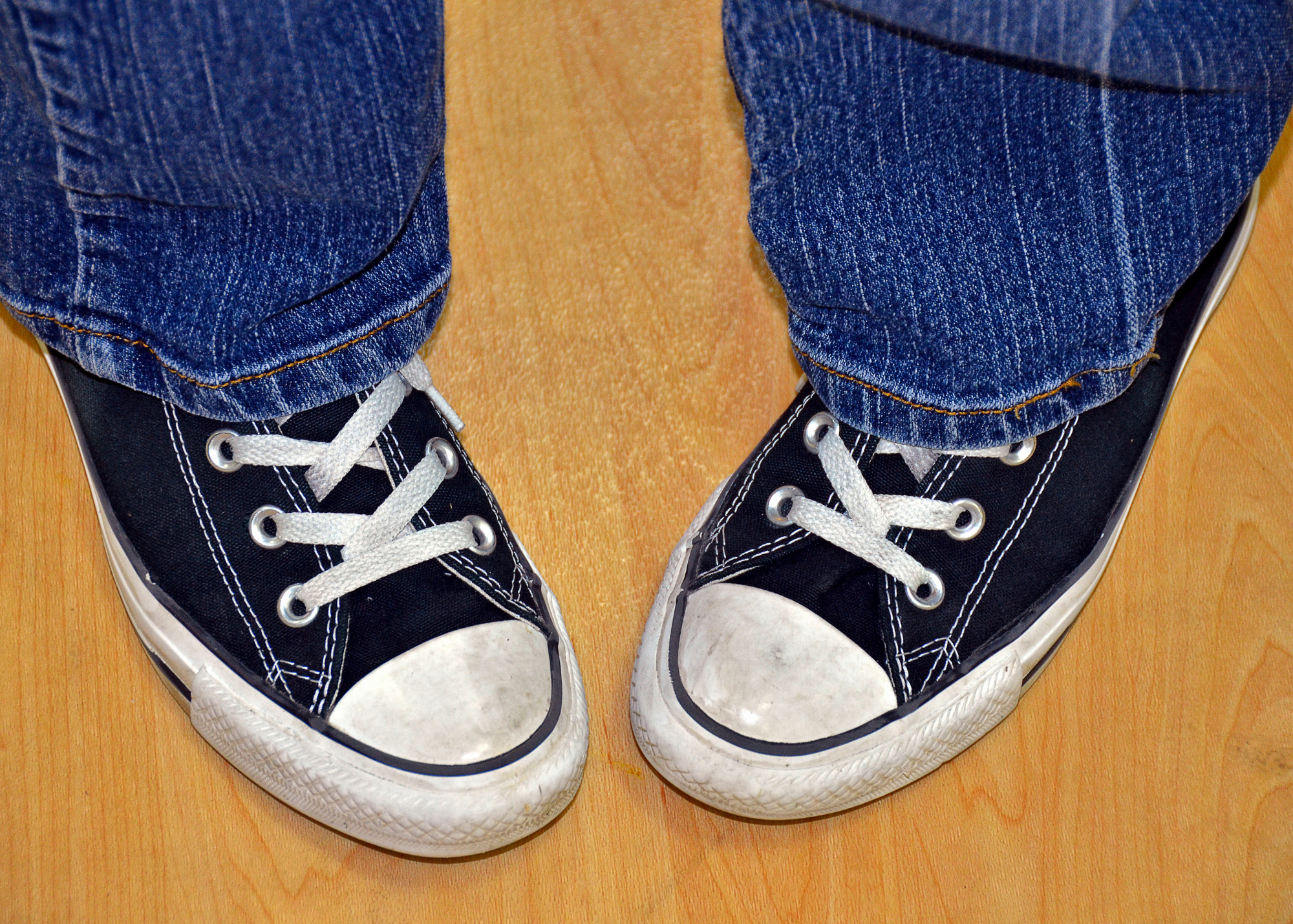Understanding and Improving In-Toeing

In-toeing, sometimes called being “pigeon-toed,” is when a child walks or runs with their toes pointing inward. This often happens because of a natural rotation in the hip, knee, or foot. In many cases, in-toeing improves on its own as a child grows and their bones develop.
While in-toeing is usually painless, some children may experience discomfort. This can occur if certain muscles are not working correctly during walking, leading other muscles to overwork and become sore. A physical therapist can evaluate your child’s walking pattern, help relieve pain, and determine the underlying cause of the in-toeing.
There are a few common reasons why children may walk with their toes pointing inward:
-
Metatarsus adductus – The front part of the foot curves inward, giving the foot a “C-shaped” appearance. This happens when the long bones that connect to the toes (metatarsals) turn inward.
-
Tibial torsion – The shin bone (tibia) is rotated inward, which makes the feet point toward each other.
-
Femoral anteversion – The thigh bone (femur) is rotated inward, which can make the knees and feet turn in.
Why Physical Therapy Helps with In-Toeing
When a child walks or runs with their toes pointed inward, it’s important for a physical therapist to find the root cause. Identifying what’s happening helps us create the right plan to improve your child’s movement. In-toeing can sometimes lead to weaker muscles, more frequent falls, lower balance, or trouble with coordination.
A physical therapist will design an exercise plan just for your child, targeting their unique needs. Some common activities might include side steps, balancing on one foot, sitting “criss-cross,” and squatting—all designed to build strength, balance, and control.
Sitting Posture Matters for In-Toeing
 Many children with in-toeing sit in a “W” position—on their knees with feet out to the sides. While this might feel natural, W-sitting can make some muscles too tight and others overstretched, which may pull the legs inward and worsen in-toeing.
Many children with in-toeing sit in a “W” position—on their knees with feet out to the sides. While this might feel natural, W-sitting can make some muscles too tight and others overstretched, which may pull the legs inward and worsen in-toeing.
A therapist will work on stretching the tight muscles and strengthening the weaker ones. Just as importantly, we encourage kids to practice healthier sitting positions:
-
Criss-cross sitting – helps turn the hips outward.
-
Long sitting – sitting with legs straight out in front, which stretches hamstrings and supports alignment.
Improving Hip Motion for In-Toeing
In-toeing can also limit hip range of motion. The good news is that research shows physical therapy can make a real difference by combining strengthening and stretching exercises to restore healthy movement.
Making It Fun
We know it’s not always easy to get kids to change how they sit or to practice exercises at home. At Kids Place, we turn therapy into play—using obstacle courses, games, and toys so that children don’t even realize they’re “working.”
Consistency is key. With time, practice, and support, these new habits can become part of your child’s daily routine—and make a lasting difference in how they move and play.
When should I see a physical therapist?
You may want to schedule a visit if your child:
-
Falls more often than other kids their age
-
Has trouble keeping up with peers during play or sports
-
Complains of leg or foot pain
At Kids Place, our pediatric physical therapists can figure out what’s causing your child’s in-toeing and create a personalized plan to help them move with more strength, balance, and confidence.







